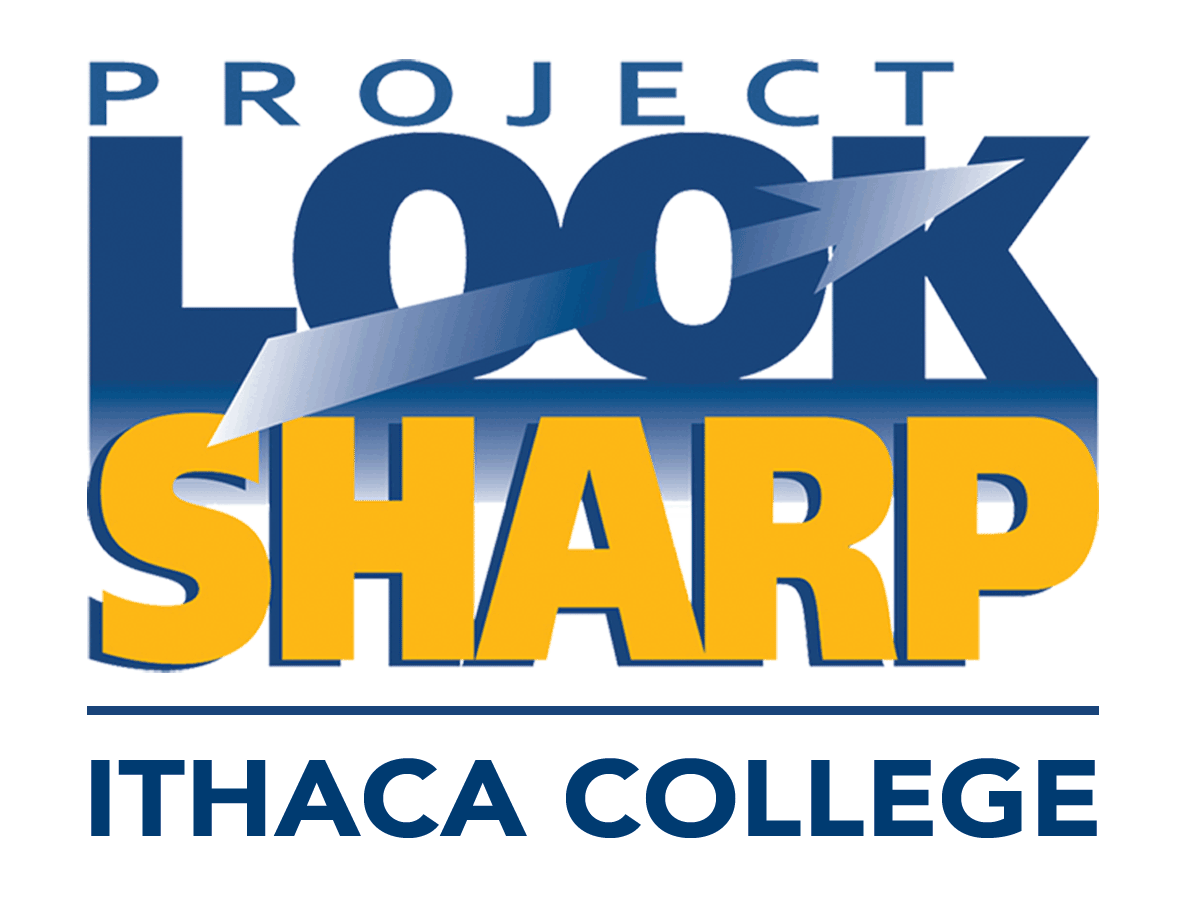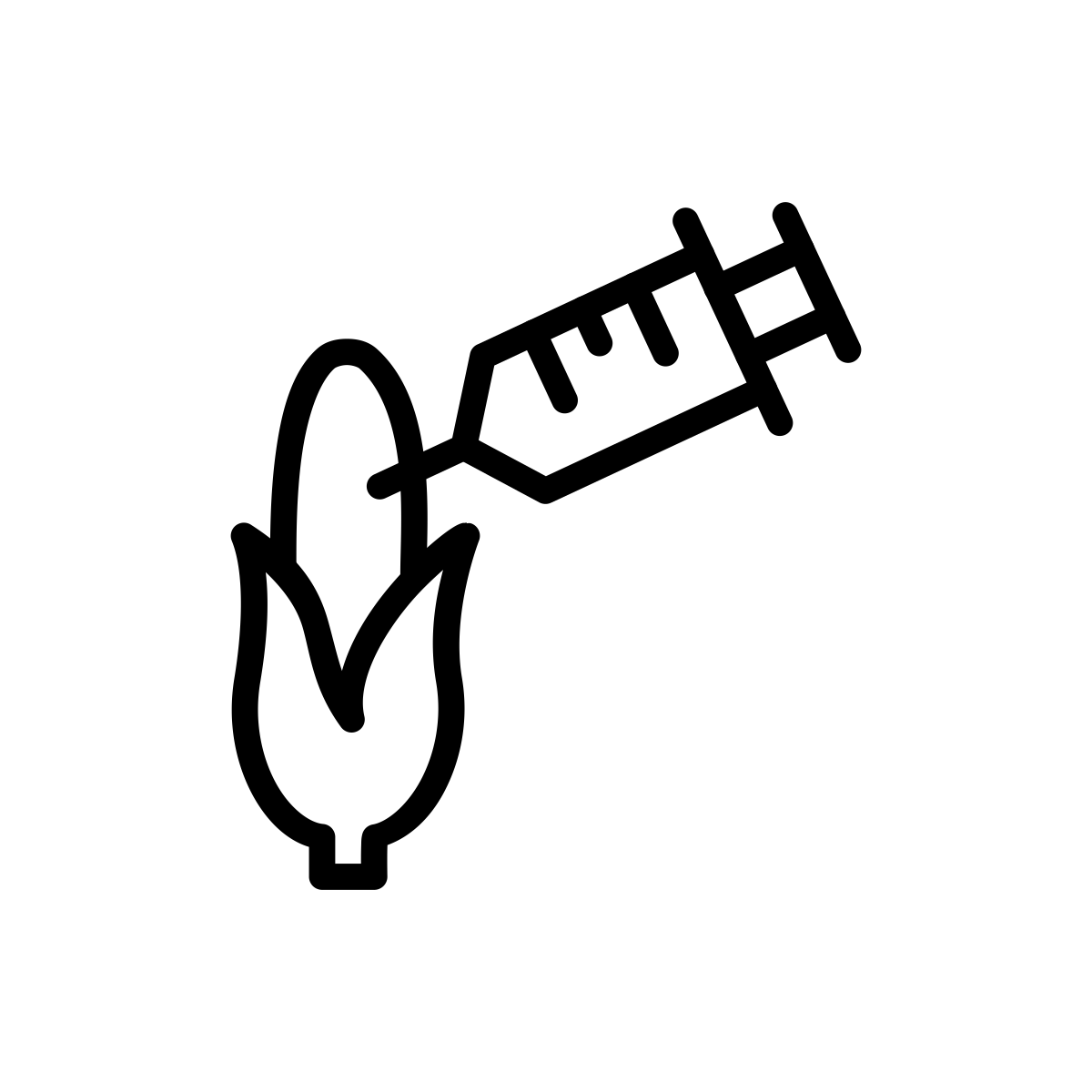Your Search Results (43) sorted by newest
Shark Attack! Fear, Media Bias, and Impact
Students analyze media messages about sharks for credibility, purpose and impact and to reflect on fear perpetuated by the media.
15-30 Minutes
Bias in Charts: Temperature and Climate Change
Students analyze a chart from NASA and a tweet from the National Review for messages about climate change and bias in media construction of charts.
15-30 Minutes
Clickbaiting Our Emotions: AI Deepfakes
Students analyze a social media post and a TV news report for messages about A.I. deepfakes and assessing credibility of media messages.
15-30 Minutes
Wellness Claims and Social Media
Students analyze social media posts with health/wellness claims and evaluate their credibility.
30-60 Minutes
The History of Cigarette Commercials: Issues of Persuasion and Regulation
Students analyze 3 TV commercials and a PSA for cigarettes from the 1950s-1960s to assess marketing techniques, health messages and gender stereotypes, and then read about and discuss the 1970 congressional ban on cigarette advertising on television.
30-60 Minutes
Deepfakes: What Do We Believe? What Do We Share?
Students evaluate Internet images and videos as fake or true and reflect on how confirmation bias impacts our judgments.
30-60 Minutes
Wash Your Hands – What’s the Right Way?
In this media literacy activity students analyze a comic, a graphic, a music video and a public service announcement for messages about the best way to wash your hands to protect yourself from getting sick.
15-30 Minutes
GMO Yes or No - Decoding Movie Trailers
Students analyze two short movie trailers for messages about GMOs, to ask and answer questions about sourcing and credibility, and to reflect on their own confirmation biases.
Under 15 Minutes
Liquids in Spiderman vs. Hydroman
This is a media literacy and critical thinking activity in which students analyze two short excerpts from an educational video on the changing states of water and a Spiderman vs. Hydroman cartoon for representations of the liquid state of water.
15-30 Minutes
Hate Culture, the Internet, and What Can We Do?
Students analyze videos for messages about how digital platforms, especially social media, accelerate hate ideology and about actions people can take to challenge hate speech.
30-60 Minutes
TikTok Timebombs: Methods of Media Manipulation
Students analyze and evaluate the accuracy, purpose and techniques of manipulation in TikTok videos, and reflect on their own reactions and biases.
30-60 Minutes
2016 Balancing Facebook Viewpoints
Media literacy and critical thinking activity decoding Blue Feed/Red Feed posts about the outcome of the 2016 election for sources, bias and interpretation.
15-30 Minutes
Confirmation Bias, Coronavirus and the 2020 Presidential Campaign
Students analyze a political ad, a tweet and a fact-checking article for confirmation bias and credibility of sources.
15-30 Minutes
Conspiracy Theories About COVID-19: Who’s Selling? Who’s Buying?
In this media literacy activity students analyze media documents that allege conspiracies related to the coronavirus. Students then analyze media messages for credibility and reflect on their own biases in interpreting conspiracy theories.
30-60 Minutes
Dinosaurs: What’s True and What’s Not?
Students analyze messages about dinosaurs in a film, an advertisement, a website, a video game, a TV program and a fiction and non-fiction book - and assess the credibility of each source.
15-30 Minutes
Discourse or Disinformation?
Media literacy and critical thinking lesson analyzing conflicting presentations of scientific information about global warming in various drafts of government reports, video and opinion articles .
This lesson is part of a "kit" or collection of media decoding lessons on a particular topic. You can explore that kit using the link below:
Playlist: News Accuracy and CredibilityPlaylist: Climate Change
Playlist: English Language Arts
Over 60 Minutes
Election 2020 – The Facts are Clear but Who Do We Trust?
Students analyze tweets, a press conference statement, a video opinion piece, a press release and a fact checking webpage for messages about the 2020 Presidential election results and media credibility.
30-60 Minutes
Football and Concussions: the NFL vs. Scientific Research
In this media literacy activity students analyze short video clips from an investigative documentary TV program, a feature film, and a congressional hearing for messages about the impact of football on brain disease to assess credibility in film representations of historic events.
30-60 Minutes
Fruit Juice vs Fruit Snacks and Fruit Drinks
Media literacy and critical thinking lesson teaching students to discriminate between real fruit and fruit snacks and between real juice and fruit drinks by decoding TV commercials
This lesson is part of a "kit" or collection of media decoding lessons on a particular topic. You can explore that kit using the link below:
Playlist: Elementary Critical Thinking Skill BuildingUnit: Kindergarten Lessons
Kit: Critical Thinking & Health: Nutrition and TV Commercials
15-30 Minutes, 30-60 Minutes
High Fructose Corn Syrup? Is There a Problem? Who Says?
Students analyze a commercial from the Corn Refiners Association, a blog post from an industry-supported group and an article from the Union of Concerned Scientists for messages about the health impacts of high fructose corn syrup, the spread of scientific misinformation and how funders influence media messages.
30-60 Minutes

















.png)


